
5 Fantastic Ways Interval Training Increases Your Longevity
Last Updated: December 24, 2023
Key Takeaways
Introduction
Interval training, a dynamic and versatile exercise method, has been gaining well-deserved attention in the fitness world for its profound impact on health and wellness. This powerful approach enhances several aspects of your health that are crucial for longevity—cardiovascular health, cognitive function, muscle performance, and metabolic health. And it usually makes these contributions in less time than traditional exercises. In this overview of interval training, we will discuss these four ways interval training improves your health. And we will then provide three approaches for getting started with this rewarding type of exercise.
more from blueripple
How to Increase Your Intake of Antioxidants
Understanding the different kinds of antioxidants is an important part of increasing your intake of antioxidants safely and responsibly.

Interval training improves cardiovascular health in a variety of ways.
Interval training contributes to cardiovascular health in a variety of ways. And cardiovascular health is one of the most important factors in longevity. Here are three examples of ways that interval training improves your cardiovascular health.
VO2 Max
Interval training is crucial for enhancing longevity by significantly improving VO2 max. VO2 max, which measures your body’s peak oxygen consumption, is an independent predictor of all-cause mortality and cardiovascular health. Interval training’s short-session structure makes it ideal for both primary and secondary cardiovascular prevention [1].
Cholesterol
Interval training has been demonstrated to positively influence cholesterol levels, a key factor in promoting longevity. In a 12-week study focusing on overweight individuals, interval training significantly reduced total cholesterol and triglycerides, crucial indicators of cardiovascular health. While HDL and LDL cholesterol proportions remained stable, the reduction in overall cholesterol and triglycerides highlights the effectiveness of interval training in lipid profile improvement [2].
Blood Pressure
Interval training has shown significant advantages over continuous moderate-intensity exercise in managing and preventing hypertension, a key factor in cardiovascular health and longevity. Interval training has been found more effective in improving factors crucial in hypertension’s pathophysiology, including endothelial function and arterial stiffness. These improvements are vital in both hypertensive individuals and those at high familial risk [3].

Interval training makes a positive difference in your cognitive health.
Interval training has the potential to enhance cognitive function in a variety of ways.
Memory
Protecting one’s memory is invariably a top priority for people as they age. Few aspects of getting older are as scary as cognitive decline. Research indicates that interval training significantly enhances memory performance in older adults, more so than moderate training or stretching [4]. As such, it deserves a place in one’s toolkit for successful aging.
Cognitive Flexibility
Cognitive flexibility is the ability to appropriately adjust one’s behavior according to a changing environment, including switching between different tasks. Interval training mitigates an aspect of age-related cognitive decline by markedly improving cognitive flexibility in older adults. Its benefits in this area surpass the effects of moderate-intensity continuous training and resistance training [5].
Executive Function
Executive function refers to the diverse set of skills you employ to achieve your goals. They are critical to leading a productive life. Interval training has been identified as an effective, time-efficient method to not only improve physical health but also enhance executive function (EF). A systematic review of studies on this topic highlights that 61% of results demonstrated positive impacts of interval training on EF. These benefits were observed regardless of the exercise type, intensity, or participant’s gender and fitness level. These findings emphasize potential to facilitate cognitive processes crucial for long-term cognitive health and wellbeing [6].
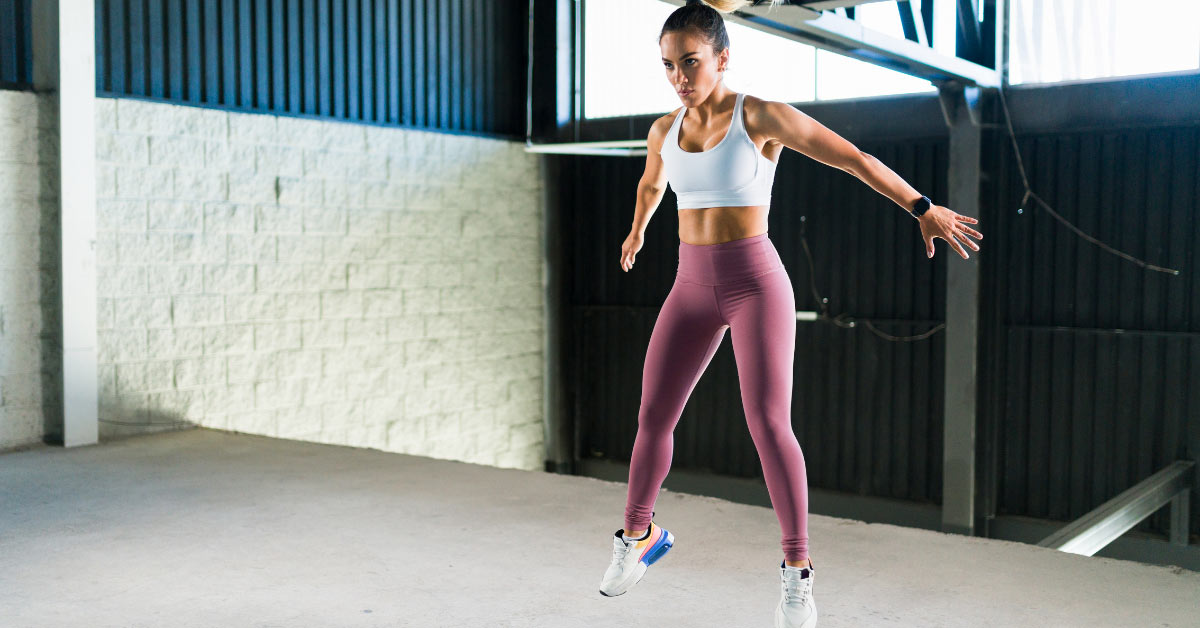
Interval training increases muscle performance.
Maintaining strength and muscle mass is critical to longevity. By middle age, adding and maintaining muscle becomes increasingly difficult. But interval training makes important contributions to this end.
Strength
Interval training effectively increases lean mass, strength, and muscle power in both young and older individuals, playing a crucial role in combating age-related muscle decline. By enhancing these key physical attributes, it contributes significantly to healthy aging and longevity, facilitating functional independence and improved quality of life in older adults [7].
Maintaining Muscle Mass
Interval training has demonstrated promising results in preventing muscle mass loss during calorie-restricted diets, as seen in a study with overweight young adults. These findings suggest that interval training could be a vital component in healthy aging strategies across various demographics, helping maintain muscle mass, a crucial factor for longevity [8].
Muscle Oxidative Potential
Muscle oxidative potential refers to the ability of muscles to utilize oxygen efficiently for energy production during prolonged physical activity. Interval training significantly enhances muscle oxidative potential, as demonstrated by a 38% increase in citrate synthase activity from just six sessions over two weeks. This increase in muscle oxidative potential is crucial for longevity as it improves aerobic energy metabolism, enabling longer endurance in physical activities, and potentially contributing to healthier aging by maintaining higher levels of physical function [9].
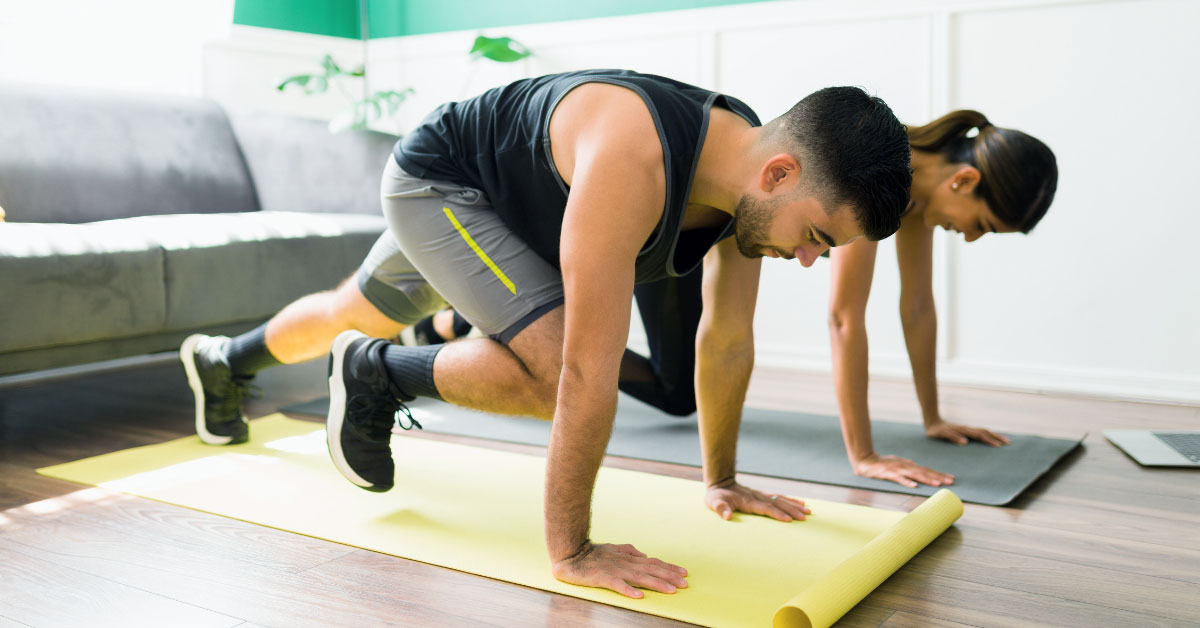
Interval training enhances metabolic function.
Interval training makes a positive impact on metabolic function in a variety of ways. Below, we highlight three of them.
Insulin Action
Insulin action is crucial for regulating blood-sugar levels and ensuring cells efficiently absorb glucose, which is vital for energy and overall metabolic health. Research demonstrates that interval training assists in this process. In just two weeks of interval training, young men significantly improved insulin sensitivity. Remarkably, the experiment demanded only 250 kcal of exercise per week, indicating that even low-volume, time-efficient interval training can be a powerful strategy to enhance metabolic health. The implications of these findings suggest that interval training can reduce risks associated with diabetes and cardiovascular diseases, contributing to improved longevity [10].
Resting Energy Expenditure
Resting energy expenditure (REE) refers to the amount of calories the body burns while at rest, crucial for maintaining vital bodily functions. One study demonstrated how interval training notably raises REE in women more than aerobic endurance exercise or high-intensity resistance training. Consuming protein pre-exercise further enhances this effect, boosting REE and reducing the respiratory exchange ratio post-exercise. This elevation in REE following interval training, especially combined with protein intake, is beneficial for effective weight control and metabolic health, contributing to overall longevity [11].
“Whether you think you can, or you think you can’t, you’re right.”
— Henry Ford
Glucose Control
Glucose control refers to the regulation in your body of blood sugar levels within a healthy range. Glucose control in non-diabetics is essential for preventing the onset of diabetes and other metabolic disorders, contributing to overall health and longevity. Interval training has emerged as an effective method for improving glucose control in non-diabetic individuals. By alternating between high-intensity exercise and rest periods, interval training enhances insulin sensitivity and glucose uptake in muscles, leading to better glucose regulation. This form of exercise, which can be more effective than traditional moderate-intensity continuous exercise but requires less time, offers a practical solution to combat sedentary lifestyles and reduce the risk of developing metabolic diseases. Such improvements in glucose control are crucial for maintaining long-term health and preventing the onset of diabetes and related complications that threaten longevity [12].
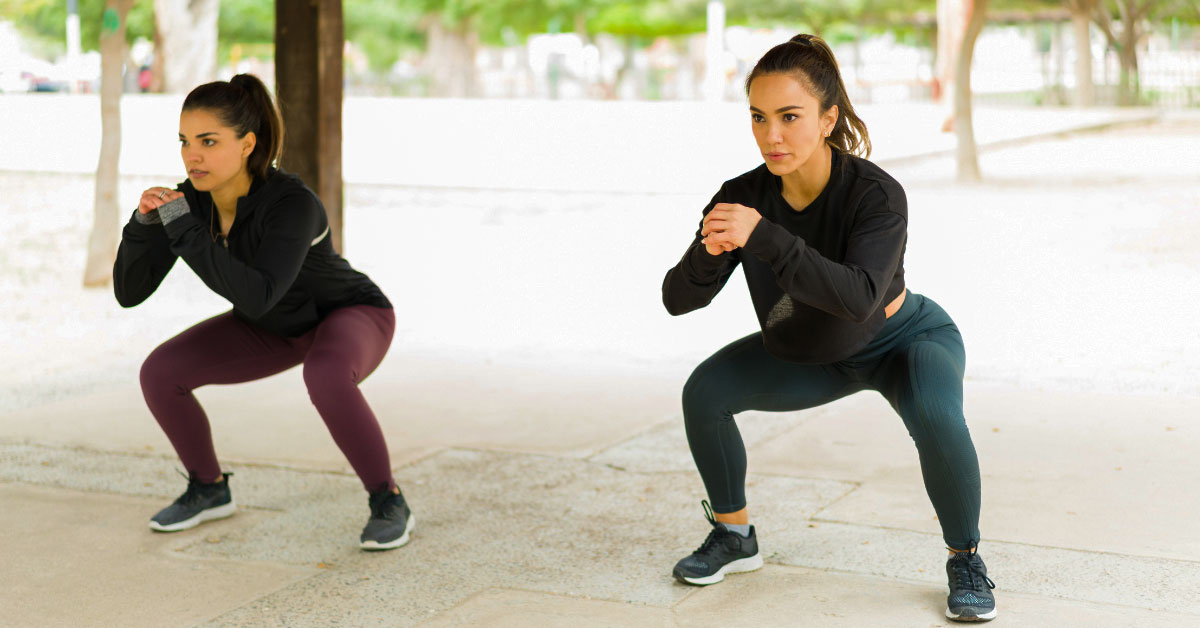
Interval training is more efficient than other types of cardio exercise.
One of the most compelling benefits of interval training is its efficiency. When you do it the right way, you will accomplish more in less time. Below provides a couple of research-based examples.
Short On Time
Interval training is an efficient exercise strategy to enhance cardiorespiratory and metabolic health. Requiring as little as 3 sessions per week, each under 30 minutes, including warm-up and cool-down, this method significantly boosts aerobic capacity, muscle oxidative capacity, and exercise tolerance. Beneficial for both healthy individuals and those with cardiometabolic disorders, low-volume HIIT presents a practical solution for improving fitness and reducing disease risk, especially for those citing time constraints as a barrier to regular exercise [13].
Endurance-Training Comparison
Interval training, specifically low-volume sprint-interval training (SIT), demonstrates that intense, brief exercises can rapidly enhance muscle and exercise performance comparably to traditional endurance training (ET). In a study comparing SIT and ET, both methods similarly improved exercise capacity, muscle oxidative and buffering capacity over a short period. Remarkably, SIT achieved these adaptations with significantly less training volume and time commitment, presenting it as a time-efficient alternative for longevity-related fitness improvements. This suggests that for enhancing longevity, SIT can be as effective as traditional longer-duration exercises, offering a practical solution for those with time constraints [14].
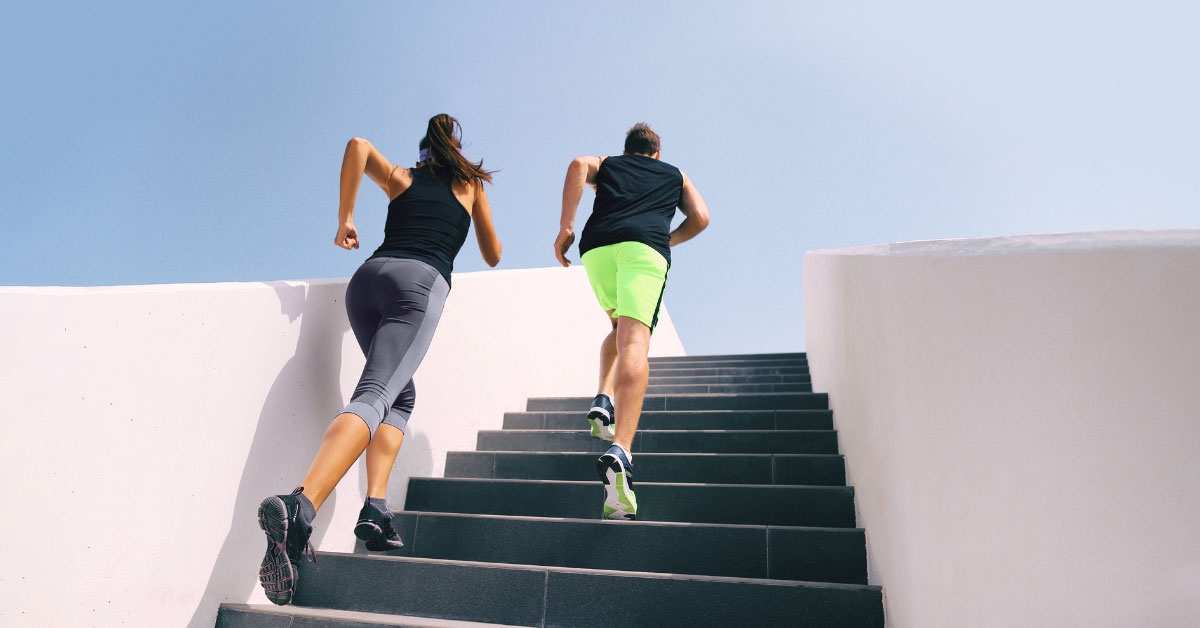
Getting started with interval training requires choosing a format that works for you.
Having explored several compelling reasons to include interval training in your fitness routine, let’s delve into practical examples. Below are three well-established interval-training methods—high-intensity interval training, Tabata, and sprint-interval training (SIT). Each offers a unique approach to boosting your fitness, catering to different intensity levels and preferences. Let’s guide you through how to get started with each of these dynamic training styles.
Sprint Interval Training (SIT)
SIT is a high-intensity workout focusing solely on maximal running efforts. Begin with a 1:3 ratio of sprinting to rest. For example, sprint at the maximum speed you can sustain for one minute, then allow three minutes for recovery. Aim to push your heart rate to 80-90% of its maximum during the sprints. If you’re trying SIT for the first time, start with shorter sprints and gradually increase the duration as fitness improves.
High-Intensity Interval Training (HIIT)
HIIT involves alternating between vigorous exercises like burpees or squat jumps and recovery periods. To start with HIIT, aim for a 1:3 activity-to-recovery ratio. For instance, exercise intensely for 20 seconds, pushing your heart rate to 85-100% of its maximum, then rest for 60 seconds. Ensure you’re working hard enough that speaking becomes difficult during the active phases. Be mindful of your fitness level. Due to its intensity, HIIT is often more suitable for those at an intermediate or advanced fitness level.
Tabata
Tabata is a high-intensity form of HIIT characterized by 20 seconds of intense activity followed by 10 seconds of rest, repeated eight times for a total of four minutes. The activities can range from cardio moves like mountain climbers to resistance exercises such as thrusters. The short rest periods don’t allow full recovery, making Tabata particularly challenging. Start by choosing exercises you are comfortable with, and focus on maintaining form throughout the 20-second bursts. Tabata is intense, so it’s best to gradually build up your endurance and strength before attempting full sessions.
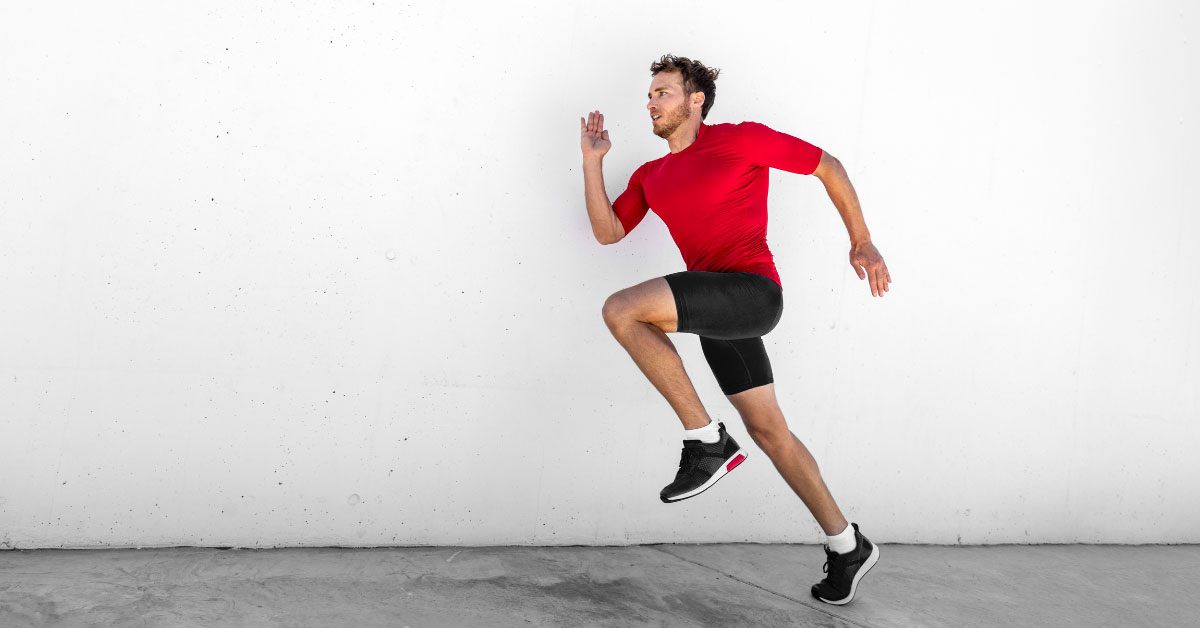
Conclusion
Interval training stands as a powerful tool in your pursuit of longevity. You can think of HIIT, Tabata, and SIT as categories of interval training. Each one contains countless variations. With experience, you’ll discover and fine tune what works best for you. And, from the moment you get started, you’ll be taking concrete steps towards enjoying a longer, healthier life. You’ll be making your mind, muscles, and other bodily systems more powerful, efficient, and resilient. What better way to make the most of life now and decades from now?
